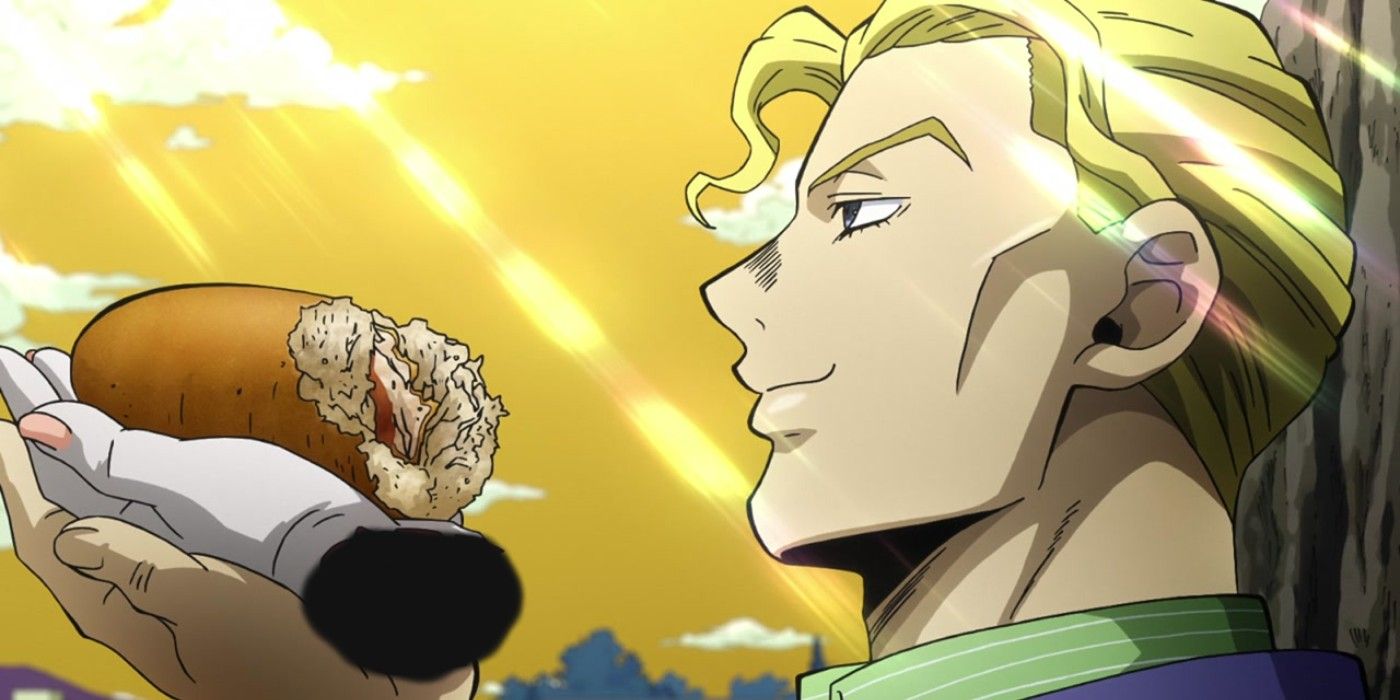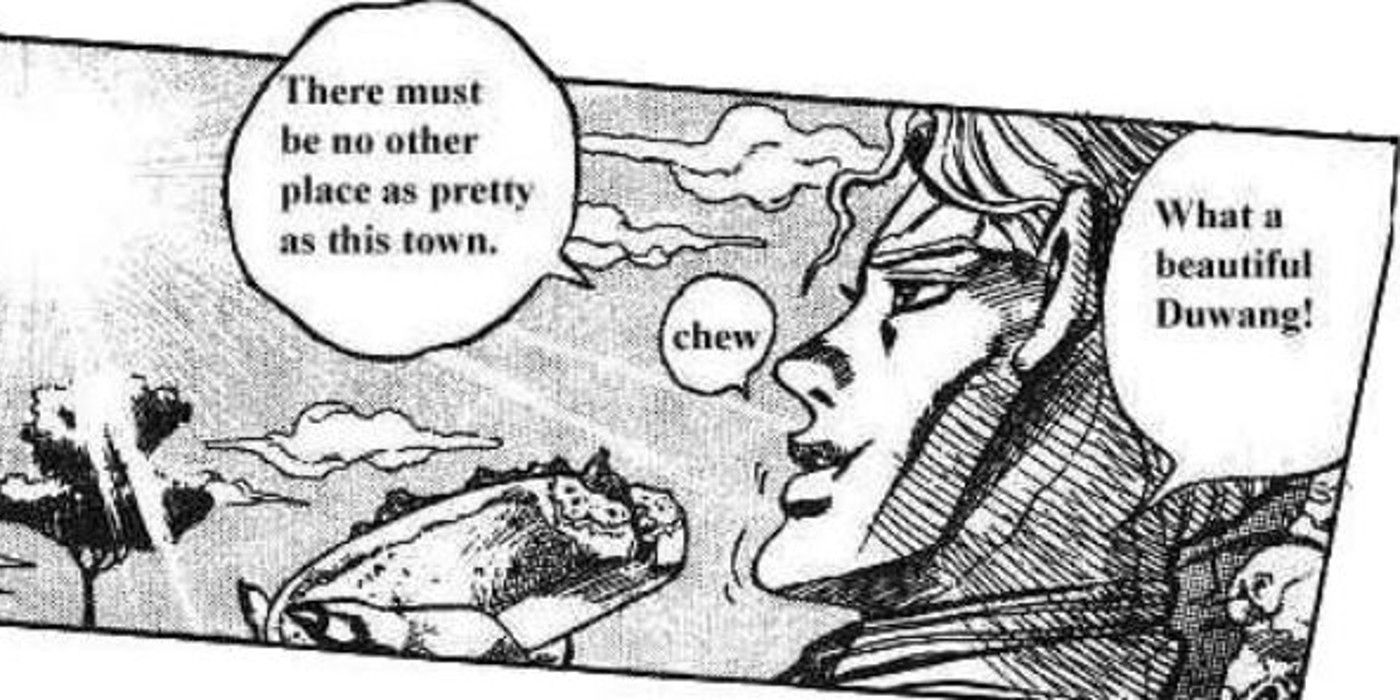No translation is ever perfect, but the first English version of Jojo’s Bizarre Adventure Part 4 truly shows how lucky modern Jojo’s fans are. The manga series, written by Hirohiko Araki, is now a global phenomenon, but official translations of the series in America were very delayed and the only way to read much of the series was through unofficial fan translations. And in the case of Diamond is Unbreakable, there was originally only one translation available, but it was of pretty questionable quality.
Jojo’s Bizarre Adventure began serialization in 1987, at a time when manga and anime weren’t very popular in the West. As such, the official English translation took some time to come out in America, and even now the official English manga translation is only on Part 6 when Jojo's Bizarre Adventure has just wrapped up its eighth part in Japan. As such, fans of the series have had to rely on unofficial translations of the series by fan groups in order to read much of the series. Nowadays, these fan translations are pretty good, and they also have the added benefit of preserving the original Stand names, something the official translation has been unable to do for copyright reasons. However, long before several Jojo stand names were butchered in translation, before the series even became big in the West, few fan translations existed for the series.
The only translation that existed for Part 4 of the series is simply known as Duwang, instead of the part’s official name of Diamond is Unbreakable. The name comes from a mistranslation of the name of the town of Morioh, the setting for the part, and is a good indicator of the bizarre sort of errors that the translation contains. Duwang was apparently created by a Chinese Jojo’s fan over the course of a month for their English class. As such, the sentences are often ungrammatical to the point of barely making sense, such as when the supporting character Koichi says, “Get a feeling so complicated” at the end of a chapter to express his unsure emotions, or when the main villain Kira exclaims, “What a beautiful Duwang!” to express his love of Morioh.
The strange phrasing of the translation combined with Jojo's distinctive dream-like art and the original manga’s bizarreness, all combine to make the Duwang translation incredibly iconic and memeable, especially looking back now when more competent translations exist. In fact, certain phrases like “get a feeling so complicated” and the untranslated “Abaj” characters have become memes in the Jojo’s community. However, to those who read it back when it first released, it represented something completely different. As the only way to read part 4, which is widely regarded as one of Jojo’s best parts, it was their only way to try to understand what was going on in one of their favorite series.
In many ways, the “what a beautiful Duwang” panel perfectly sums up the glorious mess that is the Duwang translation. The translation is blatantly incorrect, but some simple satisfaction can come from reading such a mess. And to those who read it when it was their only way to access Diamond is Unbreakable, it can be worn as a badge of honor, proof that they were fans at a time when the series didn’t have enough in the West to scrounge together a decent translation. But while Duwang stands as an iconic meme in the Jojo’s community, its existence also serves as a reminder for fans to be grateful for the excellent translations of Jojo's Bizarre Adventure that followed it.


